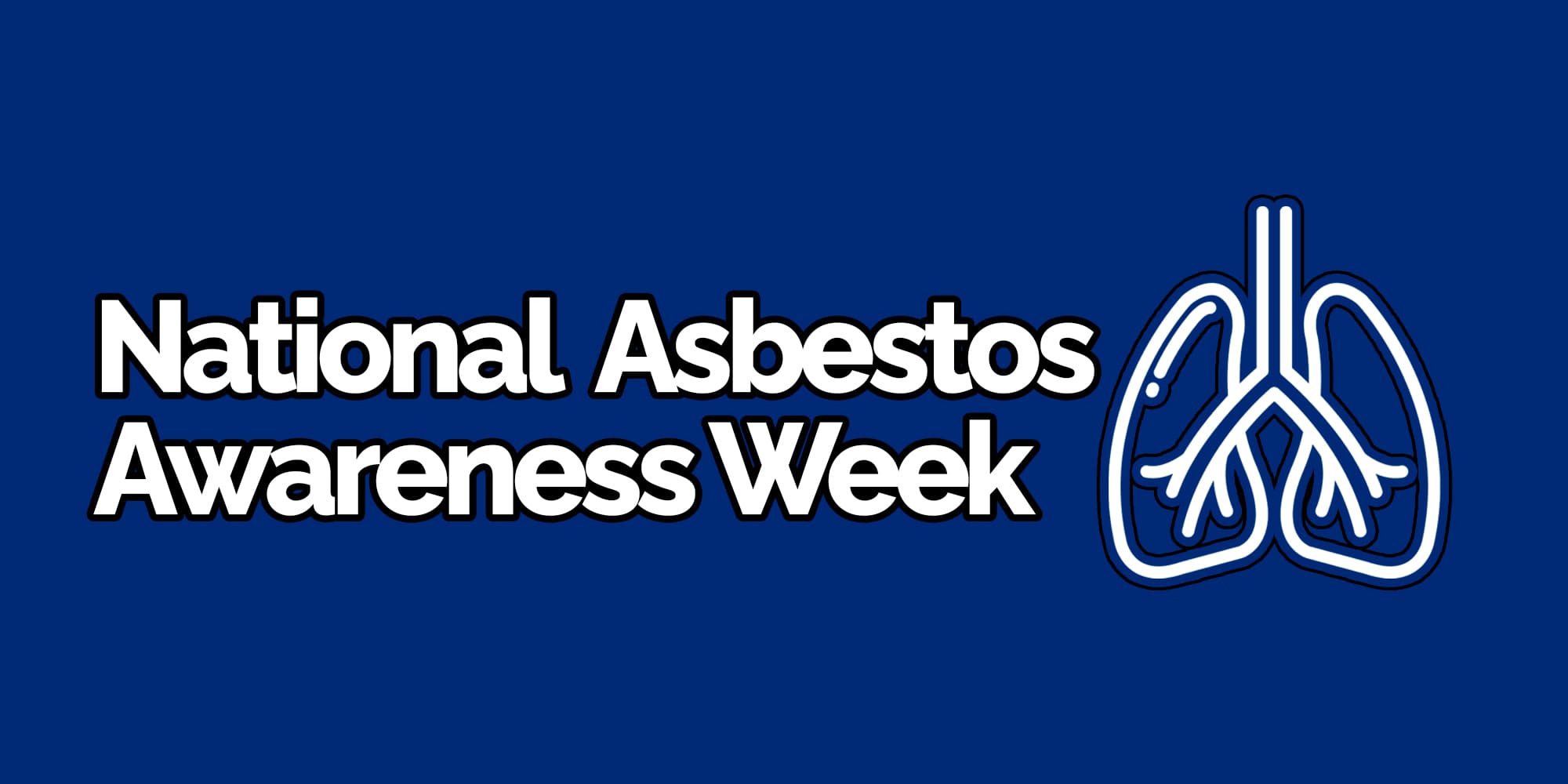The impact of asbestos exposure on Australian lives
Published on Posted onAustralia has one of the highest rates of asbestos-related disease in the world because of the country’s earlier heavy use. And despite adopting a total ban of all asbestos products nearly two decades ago, it still poses a serious health threat today.
Now considered one of the most dangerous minerals in the world, asbestos cancers and diseases continue to rob more than 4,000 Australian lives each year (and more than 100,000 lives globally).
This National Asbestos Awareness Week, Zaparas Lawyers aim to continue asbestos awareness. In this blog, we discuss what asbestos is, asbestos exposure risks, how asbestos effects the lungs in particular, and asbestos disease compensation.
What is asbestos?
Asbestos is a group of extremely fibrous natural minerals that were commonly used in the manufacturing industry and construction of buildings prior to 1990. In fact, about one in three Australians homes today contain asbestos. Asbestos was also commonly used in the automotive industry.
The material was popular because of its strength, affordability, and resistance to heat and corrosion, and is still found in:
- Roofing and insulation
- Carpet and vinyl underlays
- Floor tiles and splashbacks in wet areas
- Adhesives and textured paints
- Concrete framework
- Walls, ceilings, and gutters
- Brake pads and linings, gaskets and clutches in older cars
The history of asbestos in Australia
Australia was once one of the world’s highest consumers of asbestos before concerns surfaced about its health risks.
The first wave of asbestos-related diseases occurred in those who mined, milled, and transported the raw asbestos fibres, which then affected those using asbestos containing products.
It’s been about 40 years since asbestos was last mined, and almost 20 years since asbestos disease compensation was secured and a total ban on the importation and use was put into effect.
Today, more than 60 other countries have bans on the toxic mineral, but many also continue to mine and consume it. Its affordability seems to be the appeal. But it doesn’t really come without heavy costs – namely in human lives.
The real risks of exposure
Australia’s ban in 2003 didn’t include materials already in place, which is why we still see asbestos present in products like old cement sheets, paint, roofing and pipes as well as in some products in older cars (and consequently, instances of related diseases).
It’s important to note that inhaling even one fibre of asbestos can eventually lead to disease or death, but also that not everyone exposed will be affected.
Work Health and Safety have categorised asbestos into two types based on risk to our health: non-friable (bonded) and friable (loose) asbestos – the latter considered to pose the greatest danger.
Essentially, when asbestos fibres break off into the air it affects the lungs when inhaled or abdomen if ingested, causing serious and often deadly health problems.
Common asbestos-related diseases and cancers
- Asbestosis (scarring and inflammation of lung tissue);
- Pleural disease (thickening of membranes around lungs); and
- Cancer including lung cancer
- Mesothelioma (a rare form of cancer than can affect the lining of organs including the lungs and abdomen)
Diseases like these form a large portion of occupational disease compensation claims and asbestos disease compensation claims to date. And with a new wave of exposure to asbestos from keen DIY home renovators, it seems claims for asbestos disease compensation will continue.
How to manage the risks of exposure to asbestos at work
Asbestos fibres may become airborne via drilling, cutting, sanding or otherwise breaking products (or disturbing already damaged products) containing it.
There are various WHS laws in the Work Health and Safety Regulation 2011 for Queensland, and the Occupational Health and Safety Regulations 2017 for Victoria, that prohibit the production, importation, and use as well as the safe removal, transport, and disposal of asbestos.
At work, it’s your employer’s responsibility to manage the risks of asbestos to protect you, and others, from exposure by following a risk management process.
Occupations that carry a high-risk of exposure
- Asbestos miners and plant workers
- Automotive industry workers
- Construction workers and insulators
- Industrial and power plant workers
- Electricians and plumbers
- Steel mill workers
- Firefighters
There are plenty of additional resources available for asbestos workers and removalists and trades and contractors on the requirements and safe practices when working with asbestos.
Asbestos disease in DIY renovators on the rise
Australia is also witnessing an increasing number of cases caused by non-occupational exposure to asbestos – like DIY renovators – known as the third wave. It’s estimated that do-it-yourself renovators represent one in every three new cases of mesothelioma.
While the work health and safety regulations mean workers are now highly protected against the risk of exposure to asbestos fibres, it’s still important that we remain vigilant to its presence and associated dangers for our community as well.
What to do if you’re exposed to, or have been diagnosed with an asbestos disease
A Safe Work Australia report shows there were 14,725 serious compensation claims accepted in 2018-19 relative to work-related diseases – that’s 13 per cent of total claims.
While majority of those aren’t specific to asbestos disease compensation, additional research shows that majority of compensated mesothelioma claims, and asbestosis claims are made by tradespeople and labourers.
If you, or a person you know has been diagnosed with an asbestos-related disease, you may be entitled to compensation.
Register your exposure, or suspected exposure to occupational hazards here.


